Tracking every action of a small child is almost impossible. And therefore situations when a child choked and choked with something, arise quite often. Sometimes the situation does not require intervention - the child coughs himself, but in some cases he needs your participation. Our today's article is designed to help parents not to be confused in such a situation and to be able to provide the child with first aid.

How to determine that a child is choking?
To begin with, each parent needs to remember that if a child is able to cry and call for help, then his airways are not blocked and the body will cope with the problem on its own. No need to hard beat the baby on the back or shake the legs. The cough that appears in such cases is the best assistant, and you simply control the situation and calm the crumbs.
It is necessary to show anxiety and provide emergency assistance to the child if the following signs appear:
- the child’s eyes are wide open, and in them there is complete panic;
- the child is not able to breathe air normally and cry, his voice becomes hoarse or disappears altogether;
- the baby opens his mouth wide, salivation increases;
- the skin first turns red, and then begins to turn blue;
- older children clasp the throat with handles;
- in especially critical situations, the baby can lose consciousness.
All of the above indicates that a foreign object blocked the child’s airways and interferes with the normal flow of air. In this case, immediately call an ambulance (tel: 03, 112, 030), and we begin to provide first aid.
We help kids up to a year
(watch the video at the end of the article)
Most often, babies up to a year choke during feeding: milk, large pieces of food, water. The most common reason for this is incorrect posture. How to help the baby?
- One way is to raise the baby's arms up. Few people have heard about this method, and it seems at first glance too simple and ineffective. However, this position helps to expand the airways and establish the process of breathing.
- If this does not help, you need to put the child on the tummy on your hand and with the edge of your palm make 5 pats between the children's shoulder blades.
- If the child choked on a small object or pieces of food, you need to raise the baby by both legs (Fig. 3) or by pressing on the root of the tongue to induce vomiting, often this is enough and additional manipulations are not required.
If the child breathes normally, but coughs severely, it means that pieces of food are stuck not in the airways, but in the larynx. Usually due to coughing, or the onset of vomiting, the foreign body itself comes out.
Much more serious is the case with a jam of food or a foreign object in the airways of the child. In this case, untimely or incorrectly provided assistance can lead to suffocation and even death. The main signs of such a jam - the baby can not scream and cry, waves his hands and draws in his stomach. There are several ways to release the baby’s airways:
- If a child chokes on water or milk, he begins to cough violently (choking on coughing, breathing noisily), you need to turn him back to him, hug him with one hand while pressing her on the stomach, tilt the baby forward and pat on the back.
- If the child choked on milk, water or saliva, but the previous method did not help, you need to put him on the back so that the head is lower than the body. Under the breast bone of the baby, we put the middle and index fingers. We make five pressures, making sure that after each of them the sternum of the baby is straightened. It is necessary to alternate pressures and pats on the back of item 1. before the ambulance arrives (see Figure 2).
- When a solid foreign object is stuck (icicle candy or the eyes of a favorite toy), we place the child face down on the hand. The head should be below the chest. With your free hand we slap the child between the shoulder blades (Fig. 2). The second option - we take the child by the legs and lower him upside down. In the same way we clap between the shoulder blades (Fig. 3).

With the base of the palm of your free hand, make 5 claps in a row between the shoulder blades of the child.
After each clap, check to see if the airway obstruction has been resolved.
If the foreign body cannot be removed, turn the child on his back. Put two fingers on the sternum of the child and make 5 clicks, pushing the sternum to a depth of 1-2 cm and letting the sternum straighten after each pressing, without removing the fingers from it.
If these measures do not help, call the ambulance again to make sure that the call has been accepted. Before the ambulance arrives, continue to provide first aid, alternate patting on the back and squeezing the chest. If at some point the child faints, start doing artificial respiration and indirect heart massage.
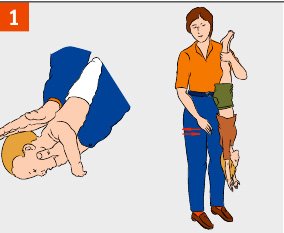
[sc: ads]
First aid for a child older than a year
(watch the video at the end of the article)
The most important thing here is the lack of panic. Children older than a year already understand more, and therefore excessive concern and nervousness will only aggravate the baby’s mental state at this already difficult time.
The basic principles of assistance here are the same as for children up to a year. If pieces of food or foreign objects get stuck in the larynx, you need to induce vomiting or raise the baby by both legs. Although sometimes the child is able to cough on their own.
If the manipulations listed in the previous section do not help, lay the baby face up on a flat surface and turn his head a little sideways. Now you need to perform a few clicks on the upper abdomen and lower sternum in the upward direction.This method helps push the stuck item out of the airways.
Another way: Carrying 5 slaps on the back
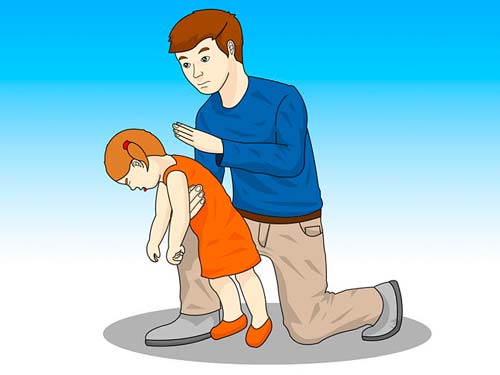
When stuck candy, a piece of food or any other foreign object for children older than a year, the Helmich method is effective. It consists in the following:
- stand behind the child (if his height is small - kneel);
- clasp the baby by the waist;
- squeeze the hand of one hand into a fist and place it between the ribs and the navel of the baby with the thumb inward;
- with the second palm we grip the fist;
- we spread our elbows to the sides and press on the stomach of the child in the direction from bottom to top.
Such movements must be performed until a piece of food pops out of the baby’s respiratory tract. Remember that the method can not be applied to children under one year old.

Place one hand on your back and the other in the center of your chest. Perform with your hand, which lies on the chest, 5 strong pressures, approximately as with a heart massage, but slower and sharper.
If these measures do not help, call an ambulance, and before her arrival, alternate 5 claps on the back and 5 pressure on the chest.
What if the child stopped breathing?
The child may stop breathing due to a spasm in the throat, which in most cases occurs due to the stressful state of the baby.
You can restore breathing as follows:
- we lay the child on the floor on its side;
- tilt his head back a little;
- raise your chin.
If such manipulations did not help, you need to immediately start performing artificial respiration. It is done as follows:
- we put the baby on his back on a flat surface;
- throw the child’s head back and open his mouth;
- check that there are no foreign bodies in the child’s mouth;
- take a deep breath;
- we cover the nose and mouth of the child with our mouths and exhale the accumulated air;
- repeat 2 times. If the baby’s chest rises with a sigh, then you are doing artificial respiration correctly. If the baby’s chest does not rise, it means that his respiratory throat is still blocked, and you must return to first aid procedures to remove the foreign body;
- then we place the palm of one hand on the chest of the child between the nipples, cover it with the other hand and make sharp pressing movements. Each press should be strong and fast, and should also push the baby's chest about 5 centimeters. Allow the chest to return to its original position between each push;
- alternate 15 pressures with inhalation of air.
Video - First Aid: how to make artificial respiration for adults and infants
Even if everything went well, don’t ignore the help of the ambulance crew. It is possible that the respiratory tract was injured by a foreign object and you need the help of a specialist.
Trouble prevention
In order to not have to urgently remove all kinds of objects from the respiratory tract of a child, you need to follow some precautions:
- choose soft toys carefully - the pile should not be too long and break out with difficulty;
- toys with small parts set aside until a more conscious age;
- from a very young age, do not let the baby crush everything in a row;
- teach your baby to eat carefully and not indulge in food;
- it is advisable to exclude any toys at the table, do not distract the baby in such a way so that he eats well;
- grind well the food offered to the child, and thoroughly clean fish and fruits from bones and stones.
We also read:
- A child has a foreign body in his ear or nose - first aid rules
- What to do if a child swallows a foreign object
- What to do if a child is bitten by mosquitoes, midges, bees, wasps - first aid for insect bites
- First aid for a child in emergency situations
We only told you about first aid for your child in an emergency. No matter what happens, calling an ambulance is a necessary measure. Even if the problem was resolved independently, it is impossible to answer unequivocally whether the child has damaged the airways or not. Consultation with a specialist will allow you to once again make sure that everything is in order.
Be sure to watch the video!
Video: What to do if a child chokes. Emergency techniques
P.S. Bone in the throat: drag or push?
 The neighbor’s child choked on a fish bone, she tried to pull it out herself, but after that the baby became even worse. What to do in this case, so as not to harm? Nina, Novgorod region
The neighbor’s child choked on a fish bone, she tried to pull it out herself, but after that the baby became even worse. What to do in this case, so as not to harm? Nina, Novgorod region
Dr. Komarovsky responds:
Self-activity in this case is unsafe. But nobody canceled the emergency care: limit the movements of the child as much as possible, take a table lamp or a flashlight, look into your mouth. If you see a bone, have tweezers on hand and the child behaves appropriately (does not resist, does not yell, there is no vomiting), try to remove it. If there is no light / tools, no bones are visible, you cannot agree with the child, do not do anything. Seek a doctor!
If the bone is visible, but not reachable, while it is definitely small, and the pain and difficulty in breathing are moderate, then try to “push” the bone or separate it from the mucous membrane with bread crumb or crust - bigger in the mouth, chew and swallow a large lump well . It does not help everyone and not always, but such attempts are usually safe.
Source: http://ustiniya.ru/detskiy-vrach-evgeniy-komarovskiy-otvechaet-na-aktualnye-voprosy-mamochek


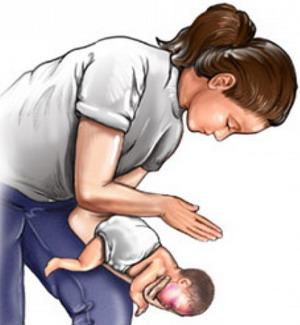
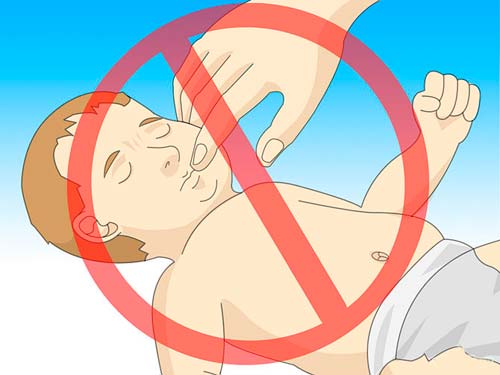
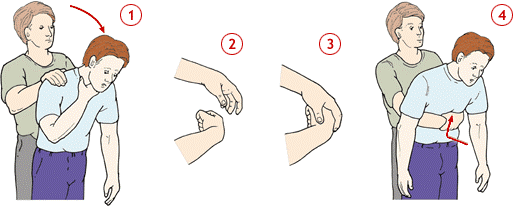
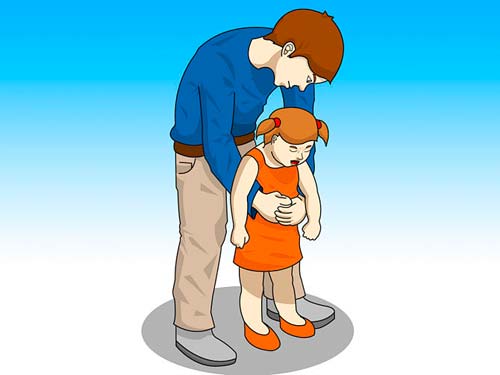
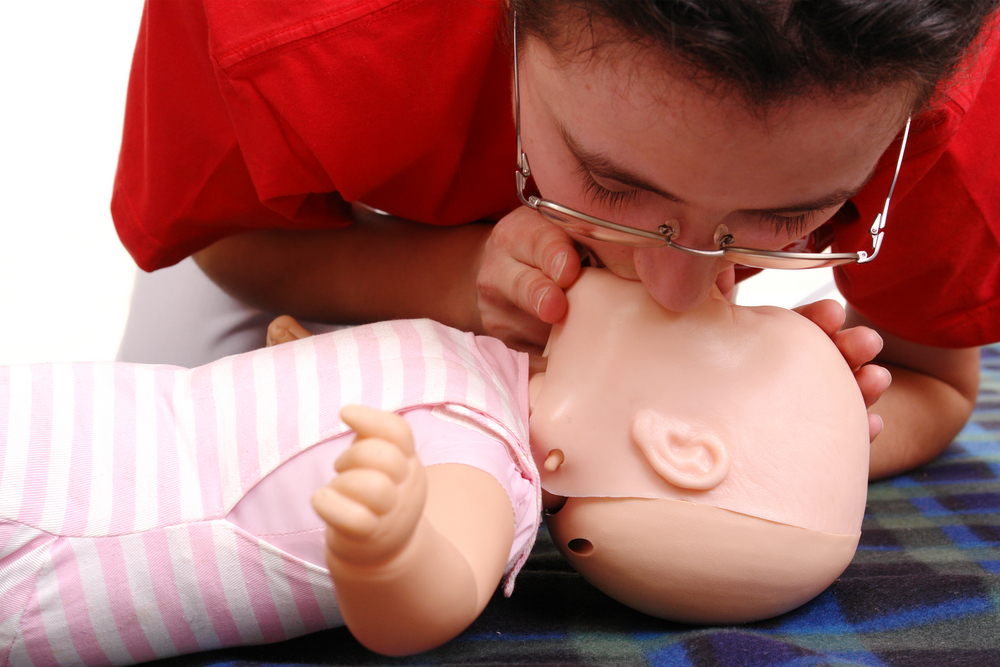

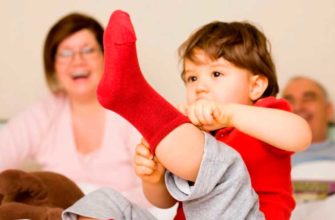


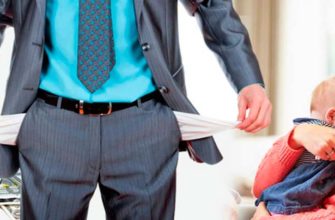



My son under three years of age often had respiratory neurosis: the child often began to breathe without the ability to take a full breath. At first I was very scared, but the neurologist explained that it is not life threatening and that you only need to calm the baby as much as possible
My nightmare. My daughter choked on a piece of food at 8 months old. Well, I was not taken aback, turned the child by the head with his head to the bottom and shocked. Although it was possible to solve this problem in another way. It is necessary to tell such things in advance to mothers, even in the hospital.
The above methods of helping a child, when he choked, of course, not all mothers will find it simple.But you need to understand that before the ambulance arrives, the child needs to provide all possible assistance, otherwise the situation may be complicated
Once my little son choked on a piece of food. I somehow did not immediately get confused and took the child and tilted it forward and began to clap on the back. Fortunately, everything worked out and did not have to call an ambulance.